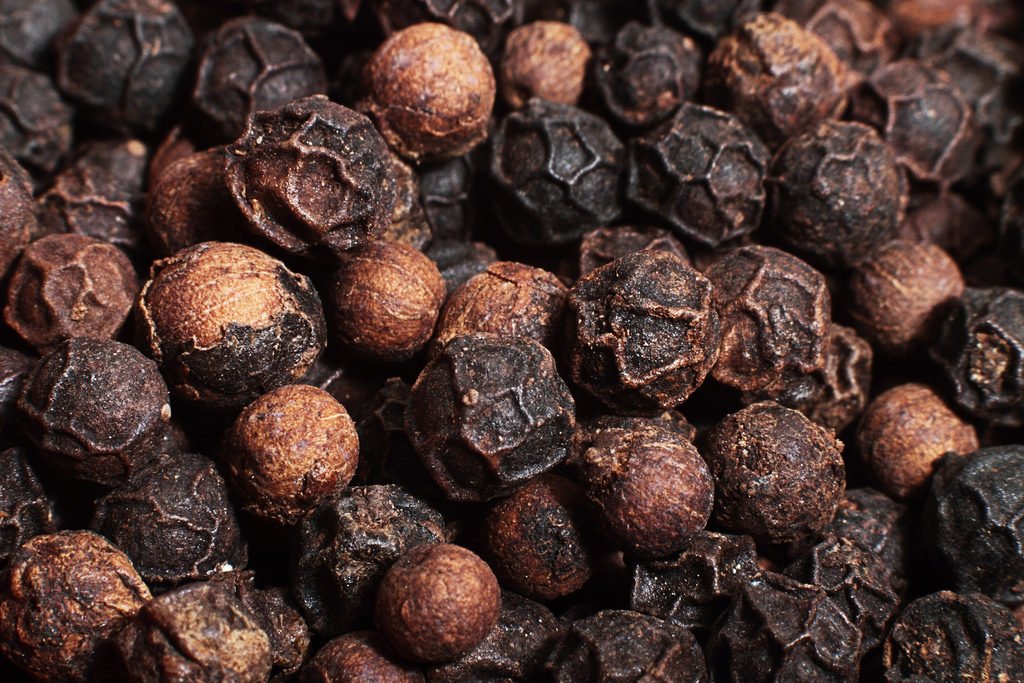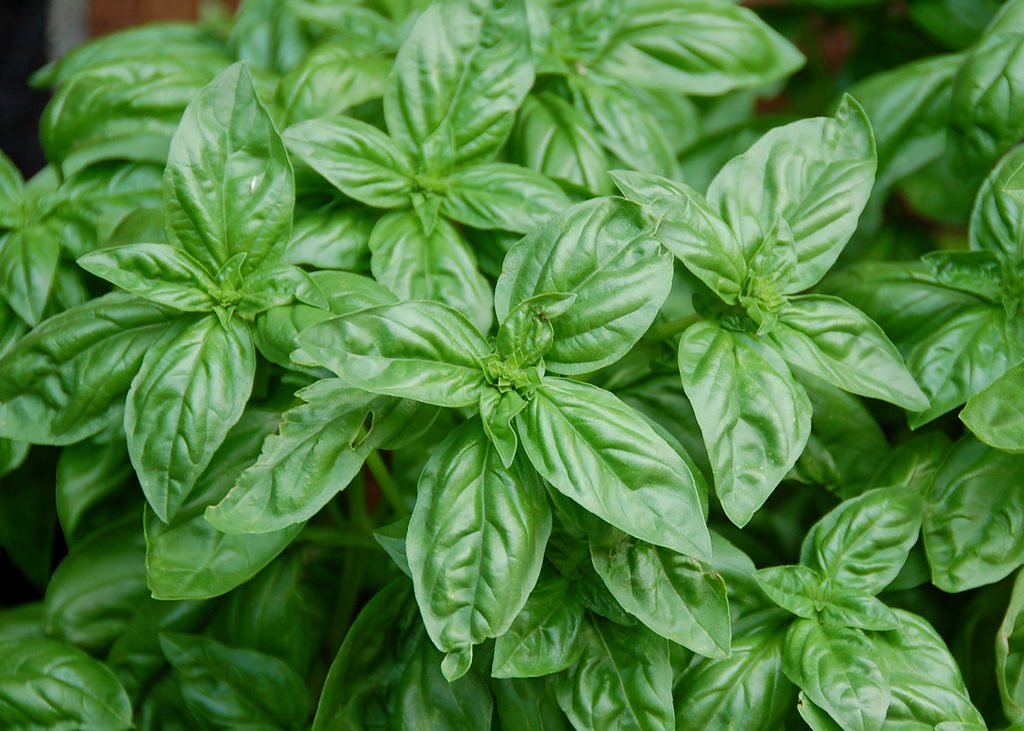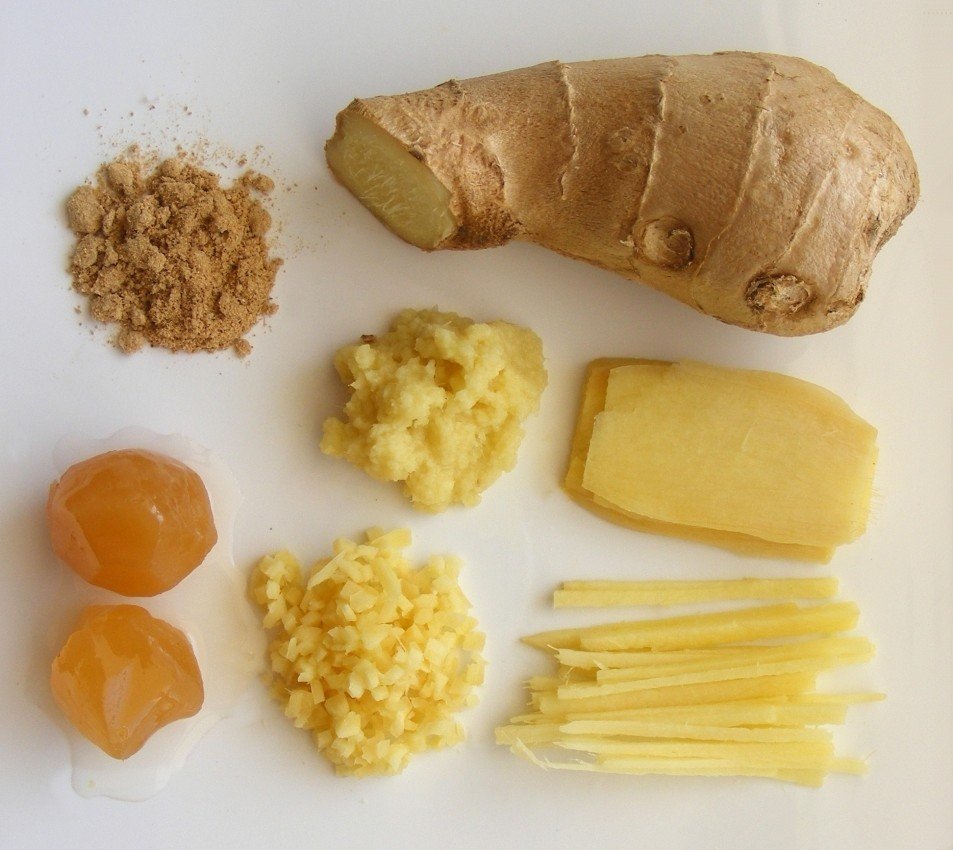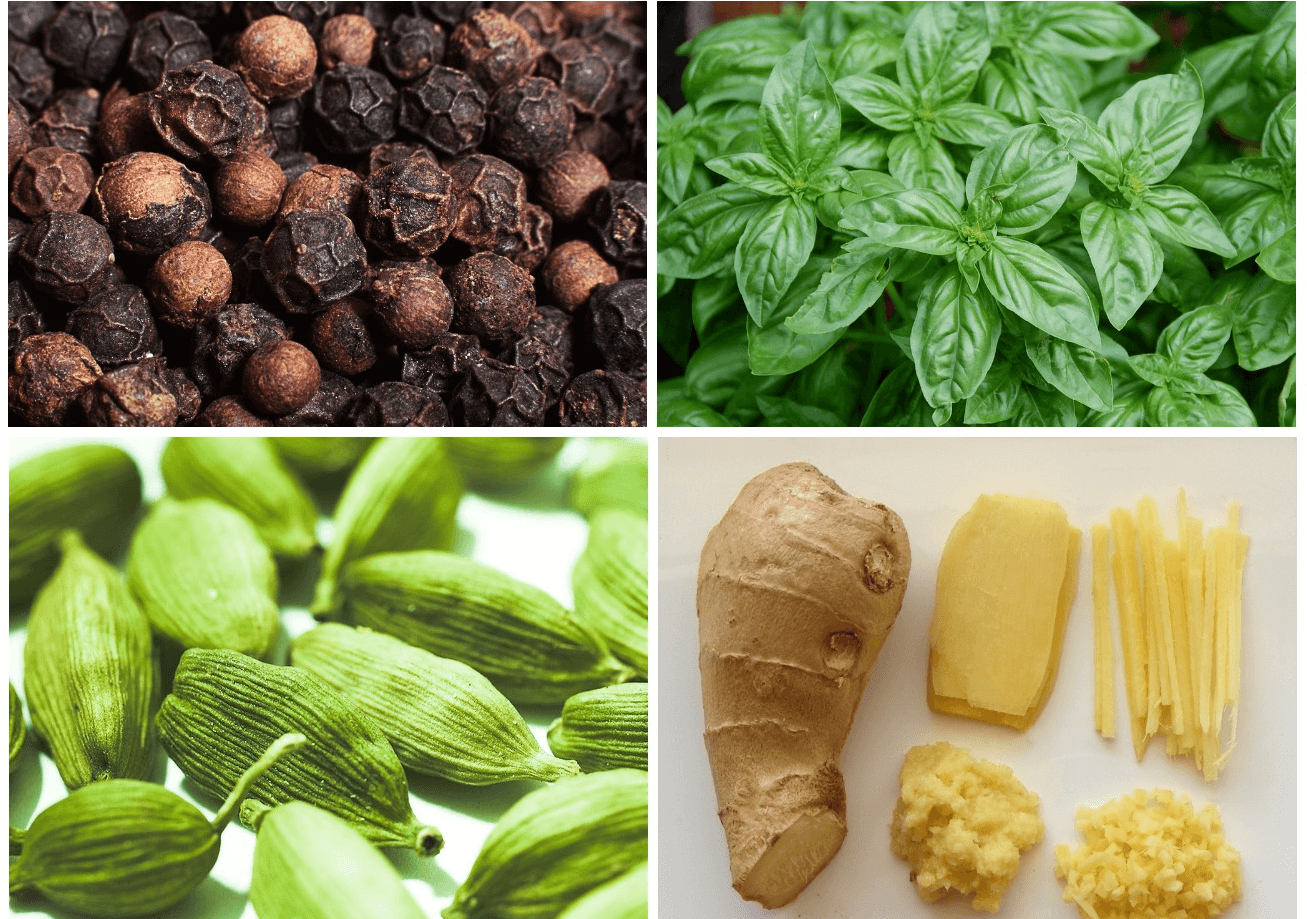History of Indian Spices
In the process of human evolution, the historical uses of herbs and spices was known to our ancestors when as hunters and food gatherers they accidently noted that by wrapping the meat in some types of leaves or bushes enhanced the taste of the meat or food they eat. Over the period, experimenting with seeds, berries, bark etc. led to the discovery of herbs and spices having medicinal value or purpose.
The story of herbs as it started…..!!
In Indian subcontinent, Indians have been using spices and herbs (e.g. black pepper, turmeric, cardamom etc) for thousands of years (Vedic and Pre Vedic times) and spices indigenous to India were cultivated as early as 8th Century B.C.E in the gardens of Babylon.
The Medical Writings of Charaka (1st Century) and Susruta II (2nd Century) referred to the uses of spices and herbs in the Ayurvedic medical system. The sea trade with other civilized nations such as Egypt, Mesopotamia helped in spreading of the popularity of Indian Spices and herbs in all parts of the globe along with textiles and perfumes.
Five commonly used spices having medicinal values
Some of the five commonly used spices having medicinal values as per Ayurveda have been discussed in brief.
- Black Pepper – Black Pepper has an extensive medicinal value. It is used mainly to treat common ailments such as cough, diarrhea, fever, constipation, skin infections etc. Combination of honey and black pepper helps in preventing obesity, congestion of sinus, infection of throat and other common diseases. Black Pepper used in food gives it a taste and it is used as an ingredient when preparing curd rice. Black Pepper is multi-purpose, as it’s a very common spice in Mexican, Middle Eastern, and North African cuisine. If you love tacos, we highly suspect you will enjoy this taco soup with black pepper.

- Cardamom – Cardamom is used in food especially in South Indian cuisine to give the food an aroma and flavor to taste. Apart from imparting a fragrance to the food, cardamom when added is also known for its exothermic reactions that makes the body warm. This spice is generally used in treating digestive disorders such as coli infection, indigestion, cold, cough etc. When used in tea, cardamom keeps the body warm and helps in fighting bacteria and viruses.

- Basil – Basil is a leaf that is derived from the Basil plant having nutritional properties containing micronutrients such as Vitamin A, Vitamin C, Phosphorus, and Potassium. It is mostly used to cure skin infections and insect bites. Basil leaf when used in tea helps in calming the nerves and in curing headache. Basil leaves when used as an ingredient in food gives it a flavor and taste especially as an ingredient in pesto.

- Cinnamon – Cinnamon is derived from the bark of Cinnamon tree grown widely in Southern India and Sri Lanka. Cinnamon is known to have anti-inflammatory properties and people who use cinnamon as an ingredient in their food report fewer urinary tract infections. Cinnamon’s other medicinal value is that it is known to reduce the level of blood sugar in persons with type 2 diabetes. Recipes such as Cinnamon pinwheels are delicious in taste and flavor.

- Ginger – Ginger is another commonly used Indian spice found in Indian food best known for its anti-inflammatory properties. Ginger is used in Indian curries as a necessary ingredient. Ginger is usually found in Indian kitchen and is used as a home remedy for treating common ailments like nausea, cold, influenza, menstrual cramps etc. The popular recipes using ginger include Chickpea Curry, Stir-fried chili chicken.

In totality, the top five Indian Medicinal spices have made their mark as not only having medicinal values but also giving the food its flavor and taste when used as an ingredient.
Strange and interesting facts on Indian Spices
- The value of spices during the ancient times was mind boggling when Black Pepper corns were the most expensive of all spices and were counted like coins individually.
- A sack full of peppercorn was valued equivalent or more than the value of a human life.
- The wealth from the spices trade paid for the higher learning and art. Indians trade of spices in Europe and Middle East brought in prosperity and in enhancing cultural ties with other countries.
- In addition to the commercial value of Indian Spices, these spices are also known well for their medicinal properties.


























